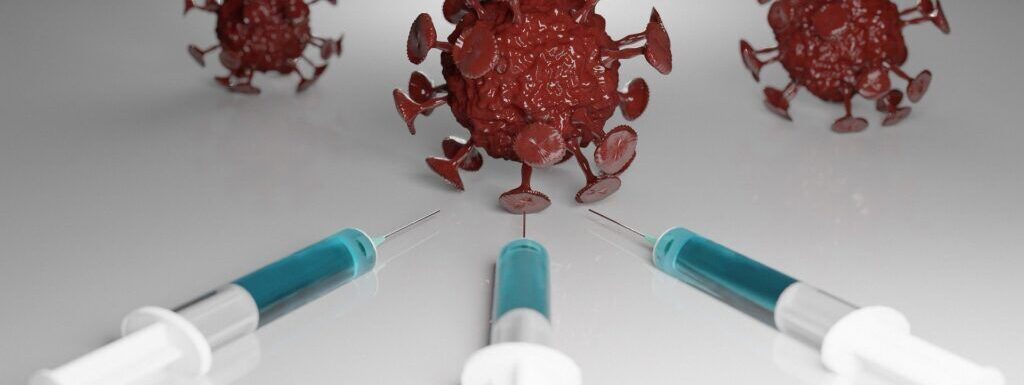(A break from the meta musings, for something specific and immediately actionable, if you’re so inclined — pbk)
Short version: The FDA has just approved the latest COVID boosters, which are now available in pharmacies: both the Pfizer and Moderna mRNA vaccines, as well as the traditional vaccine technology Novavax. All 3 offer updated protection against the current prevailing and highly contagious COVID strains, which is superior to that rendered by the current booster that came out last Fall. We are in the midst of an active “Summer” COVID wave, but those wishing to have booster protection through the Winter months may wish to wait until now or October (the optimal months for a flu shot) for the same reason: booster efficacy fades after 3–6 months.
Longer version
Earlier this Spring and Summer, COVID cases were definitely down. I would get about 1-2 calls a week from patients who’d tested positive. Currently, I’m getting about 1–2 calls every day. The current wave is real.
A few months ago, the CDC recommended that people at elevated risk get a Spring booster, regardless of whether they had already gotten a Fall booster. Protection following a vaccination or actual COVID infection fades after about 3–6 months. And unlike computer backups, you can’t revert to an earlier version with boosters: at any given time, pharmacies only carry the latest vaccine version. The latest boosters that came out in September 2023 have been the only option if you wanted to update your immunity.
That changed at the beginning of this month (September).
The Pfizer and Moderna boosters are based on the KP.2 variant, itself a descendant of the JN.1 lineage that the Novavax booster is based upon. Both are recent-enough strains to provide updated protection against a virus that continues to mutate rapidly, to ever-increasing levels of contagiousness (though not increasing levels of lethality at this time).
“The new vaccines should cut the risk of getting COVID by 60% to 70% and reduce the risk of getting seriously ill by 80% to 90%,” according to Dr. Peter Marks, head of the FDA Center of Biologics Evaluation and Research, per NPR.
Side effect profile not zero, but still pretty great
Severe allergic reaction side effects are still counted as being very rare for all vaccinations.
Both the mRNA and Novavax vaccines have a tiny association with myocarditis and pericarditis, usually short-term and mild inflammation of the heart muscle and membrane surrounding the heart muscle. The risk is between 1 and 5 per 100,000 for the Pfizer vaccine, and about 1 to 2 more per 100,000 for the Moderna vaccine. If you don’t say “Piffle!” to numbers, those are pretty good odds: 5 in 100,000 means your chance of doing fine regarding these heart inflammation conditions is better than 99.995%. Risk for the Novavax is considered to be even lower, though because there are fewer people who have gotten this particular vaccination, the stats are softer. Risks of this side effect are also lower in people who are not being vaccinated for the first time.
What I’ll be telling my patients
If you want a vaccine booster closest the latest current strain of COVID, get either the Pfizer or Moderna shot. The heart inflammation risk is microscopically lower with the Pfizer (about a 0.002% difference) but very, very low either way; symptoms to watch for include chest discomfort, pain with breathing, and palpitations.
If getting a booster based on traditional vaccine technology is more appealing to you, you can get the Novavax. It doesn’t inject a short-term instruction for your cells to make and display copies of the virus’s spike protein, it injects pre-made spike protein to which your body directly responds. It’s based on a slightly older COVID variant than the Pfizer/Moderna shots, but it’s from the same lineage, and the protection is still significant.

Leave a Reply